How the Ultra-Rare Shiller P/E Signal Predicts the Stock Market's Next Move
How the Ultra-Rare Shiller P/E Signal Predicts the Stock Market's Next Move
Investors have a wide range of options to build wealth—buying Treasury bonds, certificates of deposit, real estate, or commodities like gold and oil. However, over the past century, nothing has matched the stock market's impressive long-term returns.
The Volatility Behind Stock Market Gains
While the Dow Jones Industrial Average, S&P 500, and Nasdaq Composite have produced reliable gains over decades, their short-term movement can be unpredictable. For example, in early 2025, the S&P 500 reached a record high, but soon after, corrections hit both the Dow Jones and S&P 500, while the Nasdaq Composite entered its first bear market in three years. In just one week in April, the S&P 500 experienced both its fifth-largest two-day percentage drop in 75 years and its largest one-day point gain ever.
When markets swing like this, investors often look to historical data for clues about what might happen next. While no single indicator is foolproof, some have consistently aligned with major market moves.
The Shiller P/E: A Rare and Telling Indicator
One of the most striking indicators is the Shiller price-to-earnings (P/E) ratio, also known as the cyclically adjusted P/E (CAPE). Unlike the traditional P/E ratio, which uses just the past year's earnings, the Shiller P/E smooths out fluctuations by averaging inflation-adjusted earnings over the past decade.
As of June 5, 2025, the S&P 500's Shiller P/E sits at 36.52. This is over twice its historical average of 17.24 and only slightly below its recent bull market peak of 38.89. According to data going back to January 1871, the Shiller P/E has only approached or exceeded 40 three times:
- December 1999, before the dot-com bubble burst (peaked at 44.19)
- January 2022, just before the 2022 bear market (touched 40)
- Recent months, with the ratio hovering between 35 and nearly 39
When the Shiller P/E exceeds 30 and stays there for at least two months, history shows a strong correlation with market downturns. Over the past 154 years, there have been six occasions when this happened. Each time, stocks eventually fell 20% to 89% from their peak. While the Shiller P/E is not a timing mechanism, it has signaled long-term market overvaluation with consistent accuracy.
Why Long-Term Investors Still Win
After recent sharp recoveries from the mini-crash in April, investors may not want to hear warnings of another possible downturn. But historical cycles favor those who invest with patience and optimism.
Corrections, bear markets, and crashes are normal and healthy parts of investing. No policy can prevent these emotion-driven events. Yet, bear markets tend to be short-lived compared to bull markets. Since the Great Depression, S&P 500 bear markets have lasted an average of 286 days, with the longest stretching to 630 days in the mid-1970s. In contrast, bull markets average 1,011 days—about 3.5 times longer.
Most importantly, markets have always rebounded from downturns, reaching new highs over time. Despite concerning statistics or rare negative signals like the current Shiller P/E, history shows that optimism and a long-term mindset help investors grow their wealth on Wall Street.
This content is for informational purposes only and does not constitute financial advice.

